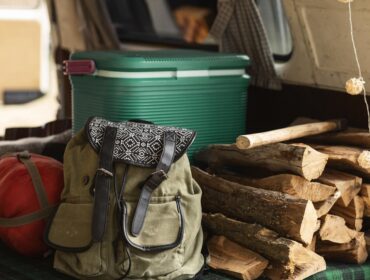Symbiotic relationships exist all throughout the animal kingdom. Some are more opportunistic than others. There are three main types of symbiotic relationships: mutualism, commensalism, and parasitism. Commensalism occurs when one species uses another for gain and no one is harmed in the process. The gall wasp is a master of commensalism when it comes to oak trees.
What is a Gall wasp?
Gall wasps are named because of their ability to induce galls on plant life to host their eggs and support them through early life stages. A gall is an unusual growth on the external tissues of plants (similar to a wart on humans). It is induced by fungi, insects, bacteria, or mites. Each inducer species will produce a specific type of gall. Some species will only induce galls on very specific plants. The oak tree happens to be a bit of a gall wasp hostel since there is typically many types of galls on a single tree.

The exact process through which galls are created is a topic of debate in the scientific community. The gall begins forming after the female lays her eggs. The interior of the gall is comprised of nutritious starch and tissues that the larvae will feed on until they have fully grown. They will then leave the gall, and begin the process anew when they reach sexual maturity.
Some insects act as parasites on the gall makers. They utilize the gall wasp’s ingenuity to give their own offspring a nutritious place to grow up. There are even further insects that parasitize the parasitic species, making the gall an unwitting host of several species at once. Despite the chain of species clamoring for the food the gall provides, none of this impacts the tree whatsoever. This makes what seems like a parasitic symbiotic relationship, actually more of a commensal one.
Have a look at an oak the next time you’re out in nature to see if you spot one — or hundreds!
Featured Image from Robert Wilton/Unsplash




